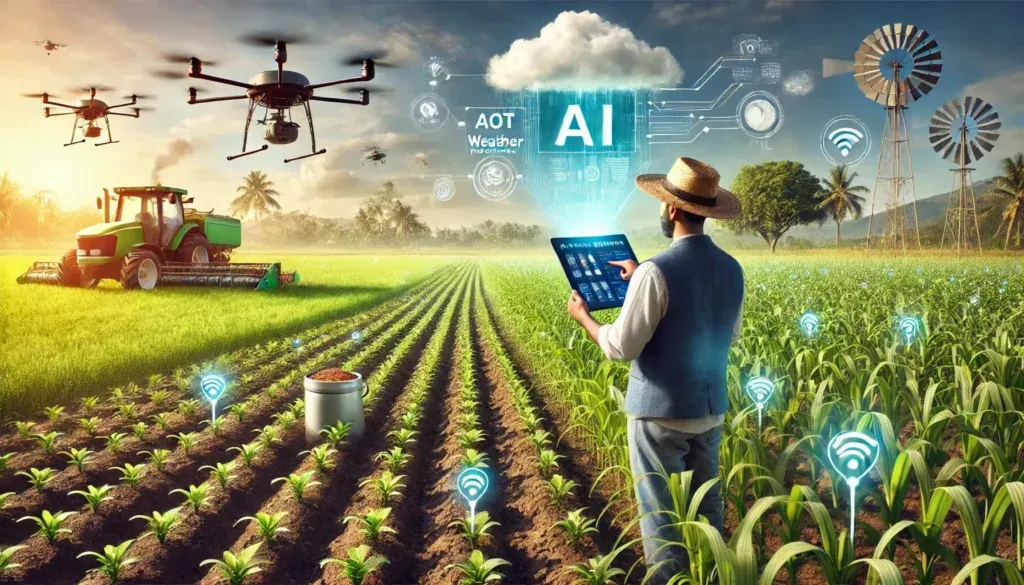In the heart of India’s agricultural landscape, a quiet revolution is taking root, one that promises to transform the way farmers manage water and nutrients. A recent study, led by Khupse Sneha M. from HVPM’S COET, Department of Computer Science and Engineering, has introduced an IoT-enabled smart irrigation system that could redefine efficient farming practices. The research, published in the EPJ Web of Conferences, offers a glimpse into the future of agriculture, where technology and tradition converge to create sustainable and productive farms.
The study focuses on a critical aspect of farming: irrigation management. Traditional methods often lead to water wastage and inefficient nutrient distribution, but the proposed IoT-based system aims to change that. By integrating soil moisture, pH, and NPK (Nitrogen, Phosphorus, and Potassium) sensors with the NodeMCU ESP8266 microcontroller, the system provides real-time monitoring and control of soil parameters. “This system allows farmers to make data-driven decisions, ensuring that crops receive the right amount of water and nutrients at the right time,” explains Khupse.
The practical implications of this technology are profound. Farmers can remotely access soil data via a cloud server, enabling them to manage their fields more effectively. The system also automates irrigation, activating a water pump when soil moisture drops below a set threshold. This not only conserves water but also optimizes fertilizer use, leading to significant cost savings and increased crop productivity.
The accuracy of the sensors is a testament to the system’s reliability. Soil moisture sensor values, NPK sensor readings, and pH sensor data were found to be well-correlated with lab values, with errors of less than 3%, 5%, and 2% respectively. This precision is crucial for farmers who rely on accurate data to make informed decisions.
The commercial impact of this technology on the agriculture sector is substantial. By reducing water and fertilizer consumption, farmers can lower their operational costs while increasing yields. This is particularly important in regions where water scarcity is a growing concern. Moreover, the system’s scalability means it can be easily adapted to farms of various sizes, making it a versatile tool for modern agriculture.
Looking ahead, this research could shape the future of smart farming. As IoT technologies continue to evolve, we can expect even more sophisticated systems that integrate additional sensors and data analytics tools. These advancements will further enhance the precision and efficiency of agricultural practices, paving the way for a more sustainable and productive future.
In the words of Khupse, “This study confirms that the proposed model is precise, accurate, cost-efficient, and easily scalable for practical applications in smart agriculture.” With such promising results, the IoT-enabled smart irrigation system is poised to become a game-changer in the agriculture sector, offering a sustainable solution to the challenges of modern farming.

